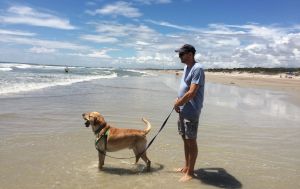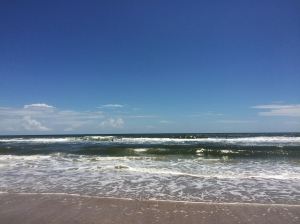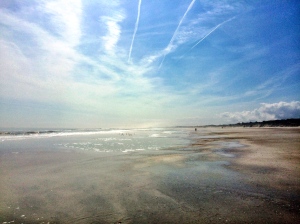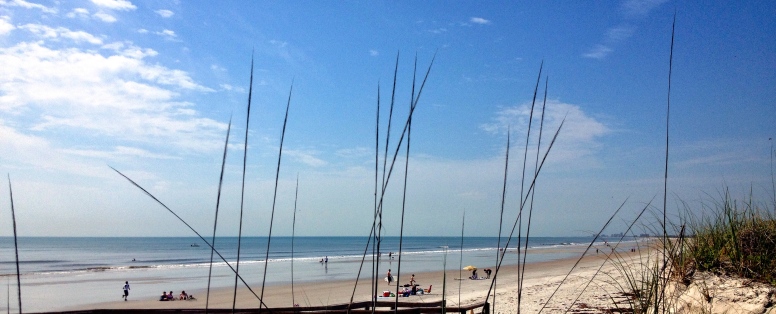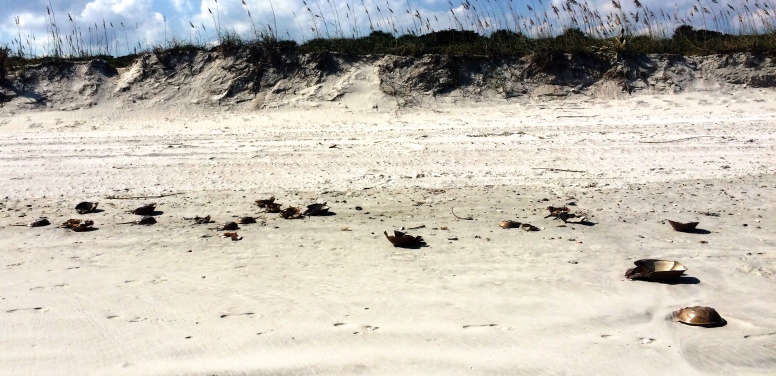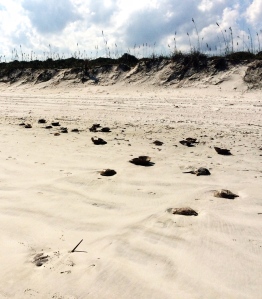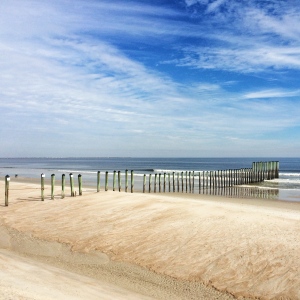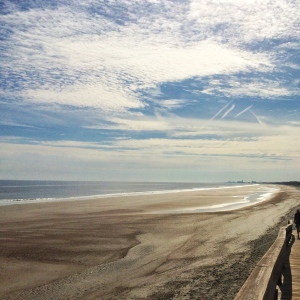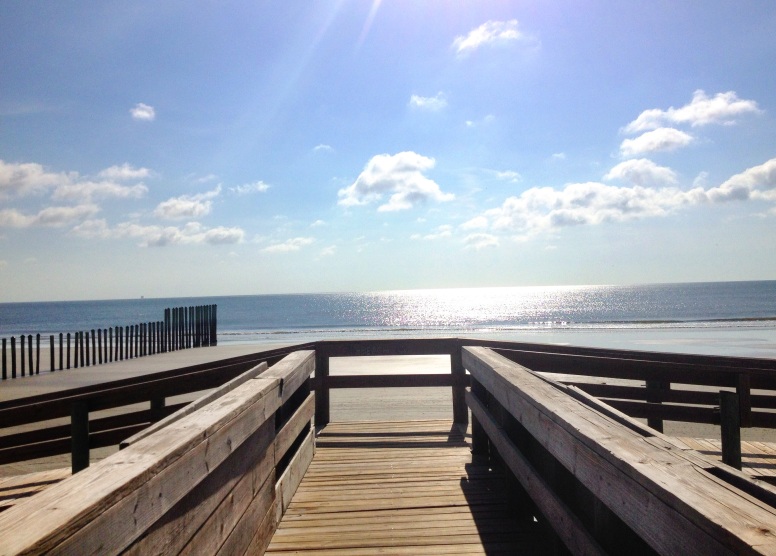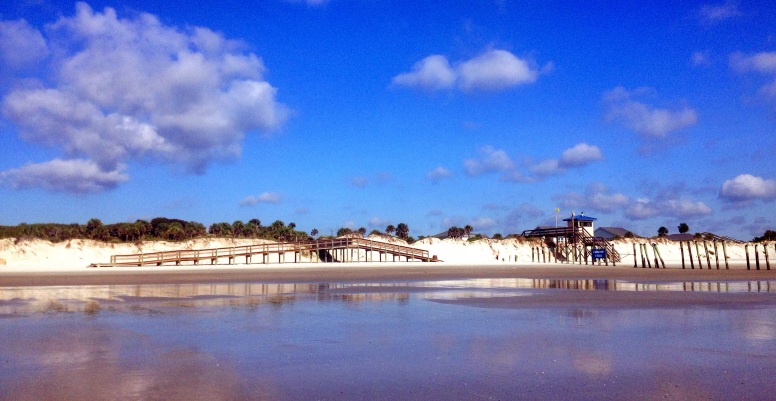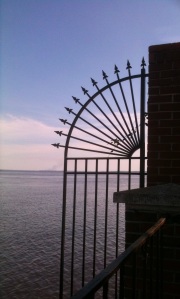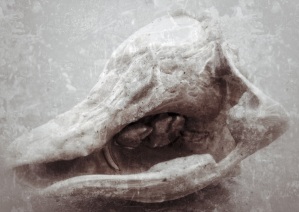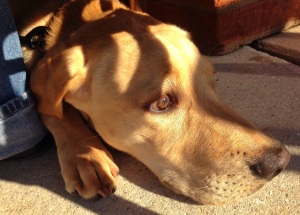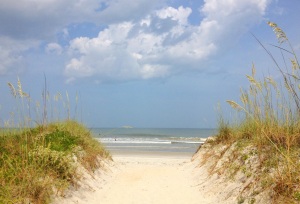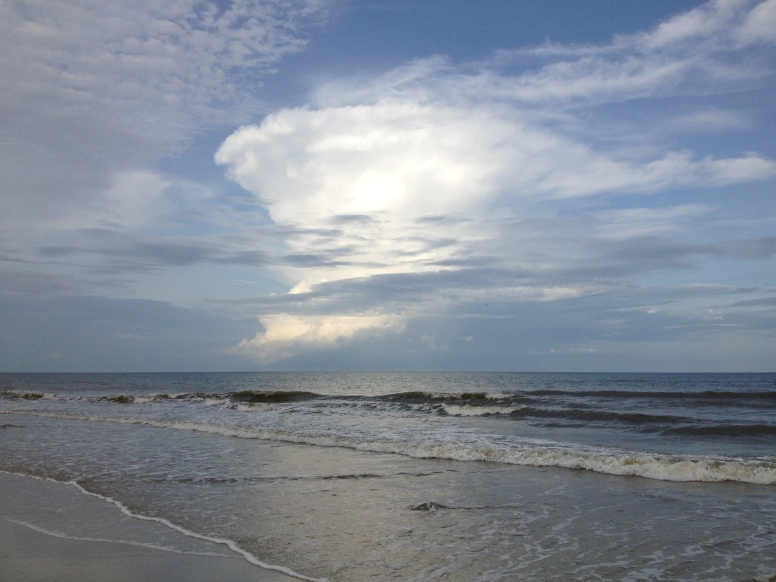Just after midnight last night I typed (ok keyboarded) my first five sentences onto a previously blank white page to start Nanowrimo (nanowrimo.org).
Nanowrimo is a month-long international writing event celebrating National Novel Writing Month. The event encourages writers to write a book in just 30 days. While you’re writing, Nanowrimo provides constant encouragement and support. Their website offers advice and a large online community of writers from all over the world who interact in a long list of forums. Using those forums you can meet other Nanowrimo writers including people in your area. You can even gather offline (you know, in person) for camaraderie to commiserate. Writers are asked to start with a blank page on November 1st and complete a 50,000 word manuscript before midnight of November 30th. If you do that, you win, because you’re really only competing with yourself.
There are a few rules to Nanowrimo besides start date, end date, and writing something new–notes, and previous thinking are allowed–but it’s ok to rebel. In fact, there’s a forum for that!
Five years ago today I participated in my first Nanowrimo. I didn’t win because my word count by the end of the month was a couple thousand shy of the cutoff. But I had the majority of my book completed and I finished the rough draft soon after. That wasn’t the first manuscript I’d ever completed. I wrote my first full length novel in 1995-1996 and several more fiction and nonfiction books since then. So why do I participate in Nanowrimo?
Because it’s fun. And because for those 30 days my writing takes priority over pretty much everything else.
You might be wondering…doesn’t her writing take priority over everything else already since writing is her career?
Yeah…no. It doesn’t. Is your dentist a dentist 24/7? Of course not. Your plumber? Nope. Even your doctor has a life. Writers, like every other human, have to survive, take care of their loved ones, and give the dog a bath occasionally. Besides that, most of the writing I’ve done during my professional writing career has been for other people. My own projects have always been squeezed into my free time. And that is why I’m attracted to Nanowrimo.
I don’t participate every year because life. Sometimes work has prevented me from putting in the time to hit 50,000 words at the end of 30 days. Sometimes personal life was more demanding. But often, for me, it was a matter of overall timing…I wasn’t in the right place on other writing projects to devote a month to something brand new.
It’s not often that I don’t have at least a dozen pages already written on whatever idea bubbles up in my brain. Like most writers I also have many, many writing projects in various levels of disrepair (or despair). For any nonwriters reading this think of that home improvement project started with enthusiasm in 2005. Yeah, we’ll finish someday.
To be honest, I probably shouldn’t be prioritizing a new novel over my ongoing project right now. I’m currently working on the final, final, final, final(!) revision of that book that I started during Nanowrimo 2011. It’s a nonfiction book (yes I’m a nanowrimo rebel) about getting rid of nearly everything we owned, moving halfway across the country in two crap cars with 4 adults and 2 pets, and starting over with pretty much nothing.
Hope that interests you because it’ll be ready to publish soon!
Don’t let that word publish intimate you. Nanowrimo isn’t about publishing. It’s about writing. You never have to show your book to any other living soul and it doesn’t matter if you finish by November 30th. Just start writing and keep writing for a month. If you do, you’re likely to finish what you started by New Year’s, or Spring, or in time for the next Nanowrimo. When you finish doesn’t matter. What matters is that you start and get enough of the story down that you want to keep writing until it’s done.
This year, I’m writing fiction. The last novel I wrote was more than a decade ago, when I was publishing a newspaper. Since then I’ve been writing nonfiction and I’m looking forward to having a more relaxed relationship with reality or the next 50,000 words.
But enough about me. I’m writing this blog post for you. I’m inviting you to join me at Nanowrimo.
Have you written a book before? Great! Write another one!
Have you never written anything longer than a letter/marathon email before? Great! Write your first full length manuscript! That probably sounds crazy impossible hard to those of you who haven’t written a book before. But don’t let that stop you from starting.
Writing a book in one month is not easy. But it is simple. Start.
And don’t stop until your story is told.


